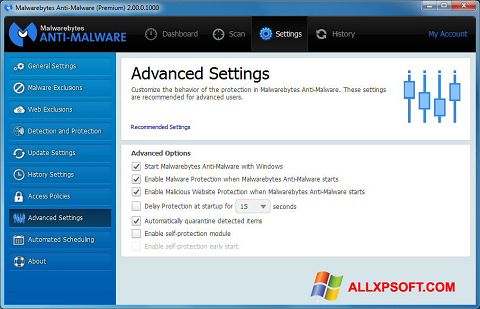


With Windows 10, we can use the built-in security features to enable malware protection and other critical security capabilities that help protect devices right from the start. It is agentless, built directly into Windows 10, and was designed to learn, grow, and adapt to help security professionals stay ahead of incoming attacks. Windows Defender Advanced Threat Protection (ATP) is the result of a complete redesign in the way Microsoft provides client protection. Windows 10, however, introduced a new, more modern way to protect client devices. We’ve protected client devices against malware for years, previously using traditional, sometimes third-party antivirus solutions, installed on client devices and managed through Microsoft System Center Configuration Manager. One of our missions at Microsoft Digital is to empower the modern enterprise by providing a trusted, more secure computing environment. More than ever, it’s important to have security solutions in place that are as agile and innovative as the new threats that are constantly emerging. Frequently, traditional antimalware strategies put IT security professionals in the position of being reactive to attacks, instead of proactively preventing them they don’t adequately address the challenges presented by a more mobile-and modern-workplace. Today’s antimalware solutions must help protect against and combat increasingly sophisticated, malicious software.


 0 kommentar(er)
0 kommentar(er)
